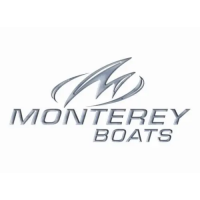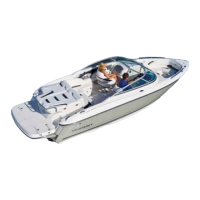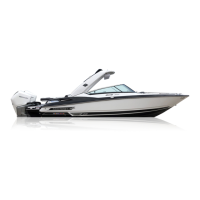Why my Monterey 180 Edge Boat engine will not crank?
- JJeffery Austin MDJul 28, 2025
If your Monterey Boat's engine won't crank, it could be due to several reasons: * The engine stop switch might not be connected; ensure it is properly connected. * The throttle/shift control might be in gear; place it out of gear. * The main circuit breaker might be open; close it. * Battery terminals could be corroded; clean them. * The battery might be weak; charge or replace it. * Battery wiring connections might be loose or corroded; tighten or clean them. If these steps don't resolve the issue, consult your engine owner’s manual, as there may be an engine problem.




